Salzburg, Frankfurt, Heidelberg, and Prague
On Easter Sunday afternoon, I flew from Berlin to Salzburg for a 3 day trip. A couple of my friends had gone to Salzburg earlier in the program when I was doing something else, so I went alone. But, solo travel turned out to have its own advantages. Not that I prefer it over going with friends, but it was a good experience.
I walked around the city most of Monday, with the help of TripAdvisor to know what to see. There was a big palace and garden area near my hostel called Mirabell Palace:
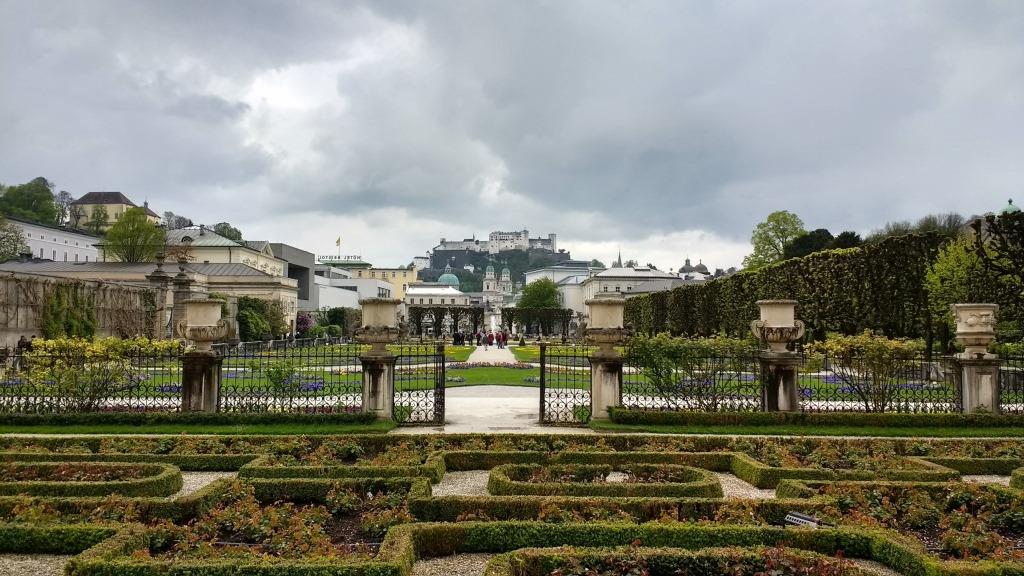
I wandered around a bit more and crossed the Salzach River, which flows through the city, on one of the foot bridges.
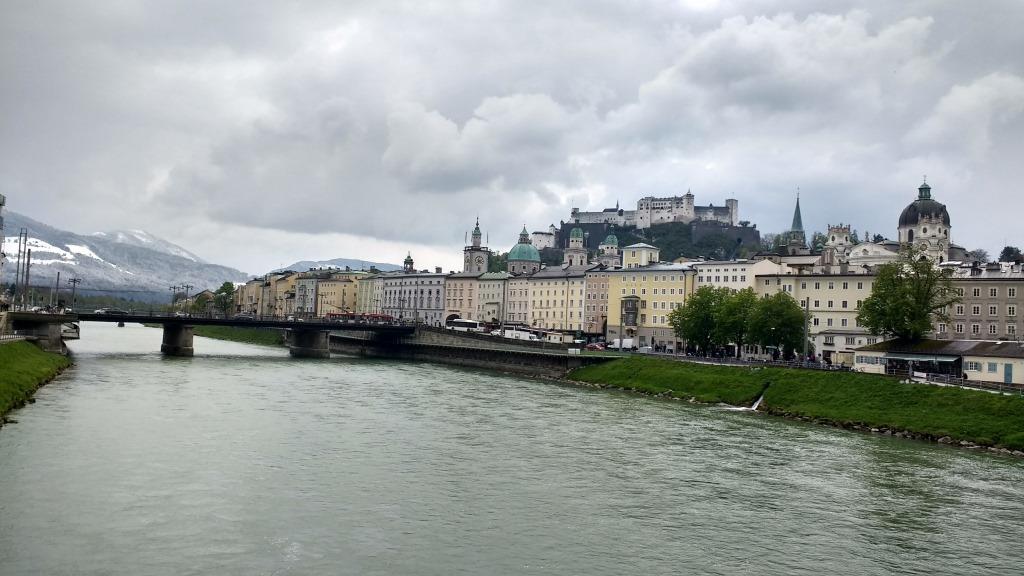
The castle you see above the city is called the Hohensalzburg Fortress, and I went there next. It was first built in 1077. From the top I had a nice view of the mountains surrounding Salzburg.
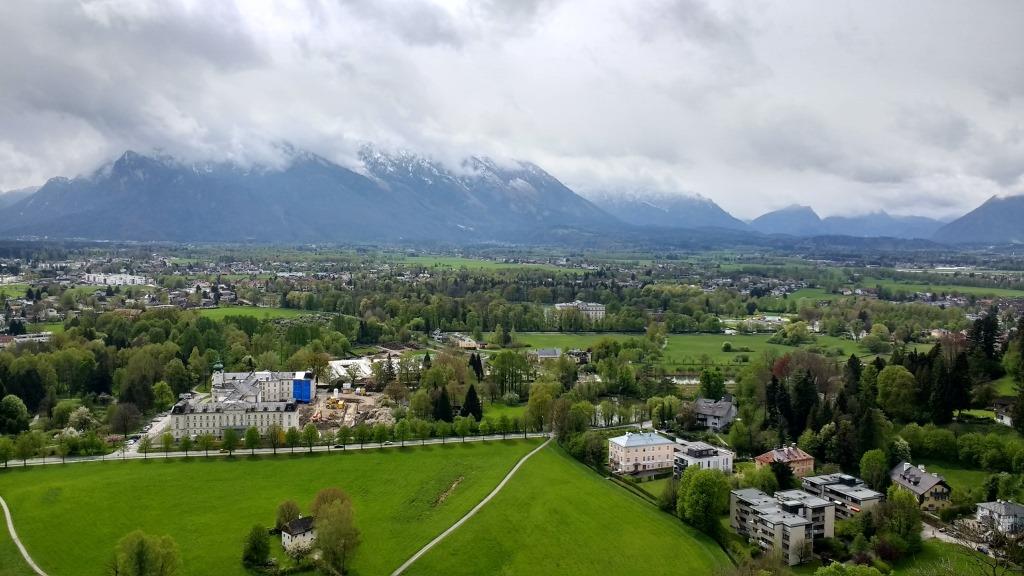
In the afternoon I went to the Schloss Hellbrun, just outside of Salzburg. It was built as a summer residence for the Archbishop of Salzburg in the 17th century. I didn’t pay to go inside, but the palace grounds had a huge green park with benches so I ate a lunch there and walked the trails a bit. The famous pavilion from the Sound of Music is also located here.
The next day I took an hour bus ride from Salzburg to Berchtesgaden, in the southern tip of Bavaria. My goal was to get a really good view of the mountains, which is the main reason I went to Salzburg. The cable car which takes you up to the very top was under repair, but I could still hike the trails to the mountains, with the Königssee sitting inside.
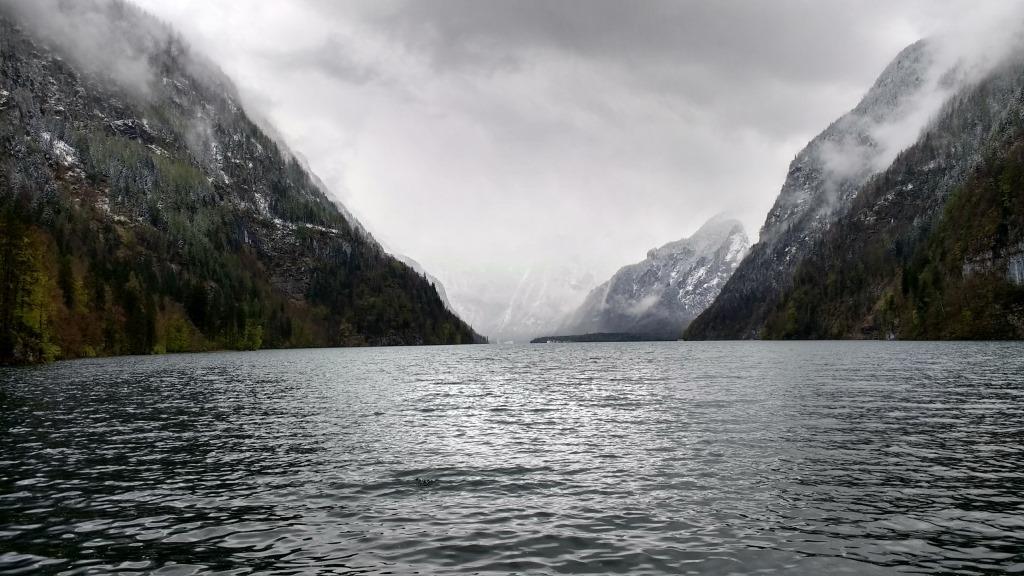
Back in Salzburg the next day, I saw a couple more places where the Sound of Music was filmed before my flight left in the afternoon back to Berlin. Despite the 100% chance of rain and cold temps I really enjoyed Salzburg and it might end up being my favorite European city.
Two days after I got back from Salzburg, the international program’s nine-day guided tours started. Half went to Cologne and Luxembourg, and I was in the half that went to Frankfurt and Prague, in a group of about 75. Frankfurt is a very industrialized city, with a lot of banks. The skyline doesn’t look like much compared to US skylines, but in a continent that specializes in churches and castles as opposed to skyscrapers, it’s the most prominent skyline of any in Europe. Frankfurt was mostly destroyed in WWII, but there is a cool rebuilt Old Town section in a historical part of the city:
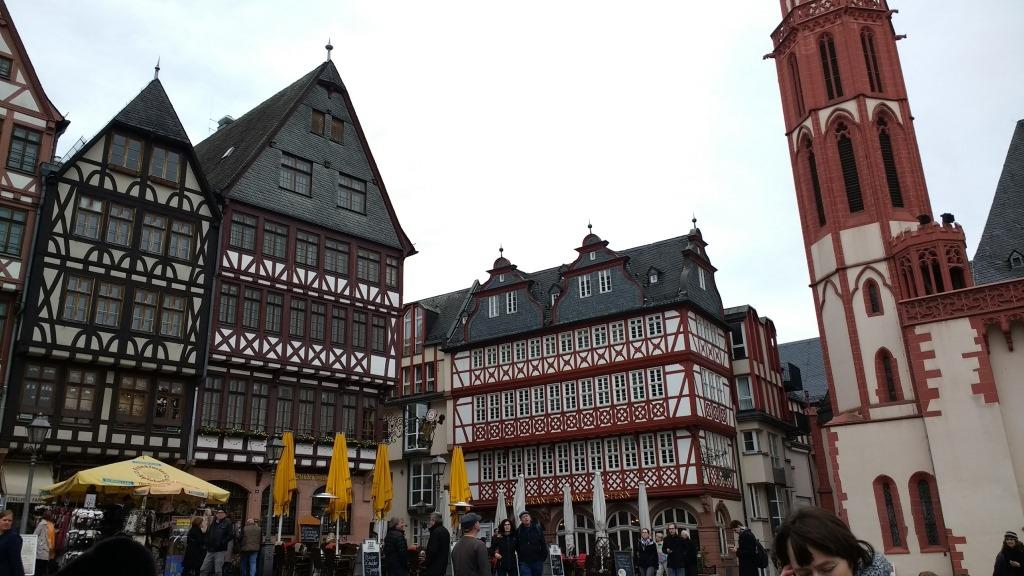
The second day we took a day trip to Heidelberg, about an hour away. Heidelberg has Europe’s oldest university, founded in 1386.
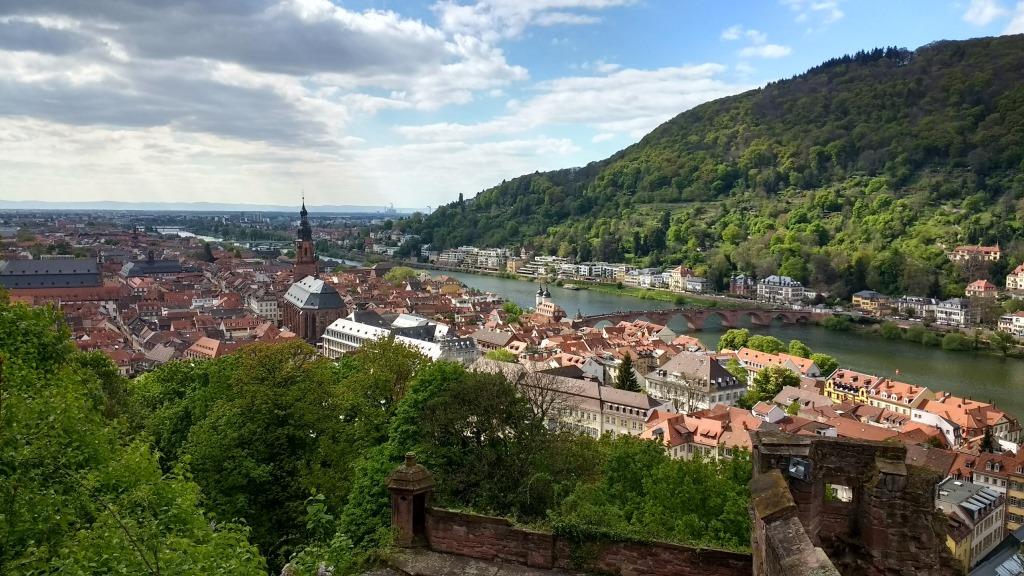
Martin Luther was also in Heidelberg in 1518, where he took part in the “Heidelberg Disputation,” defending his teaching. We translated the disputation in Ecclesiastical Latin with Professor Fredrich freshman year, so it was cool to be there. Heidelberg also has a castle in the side of the hills:
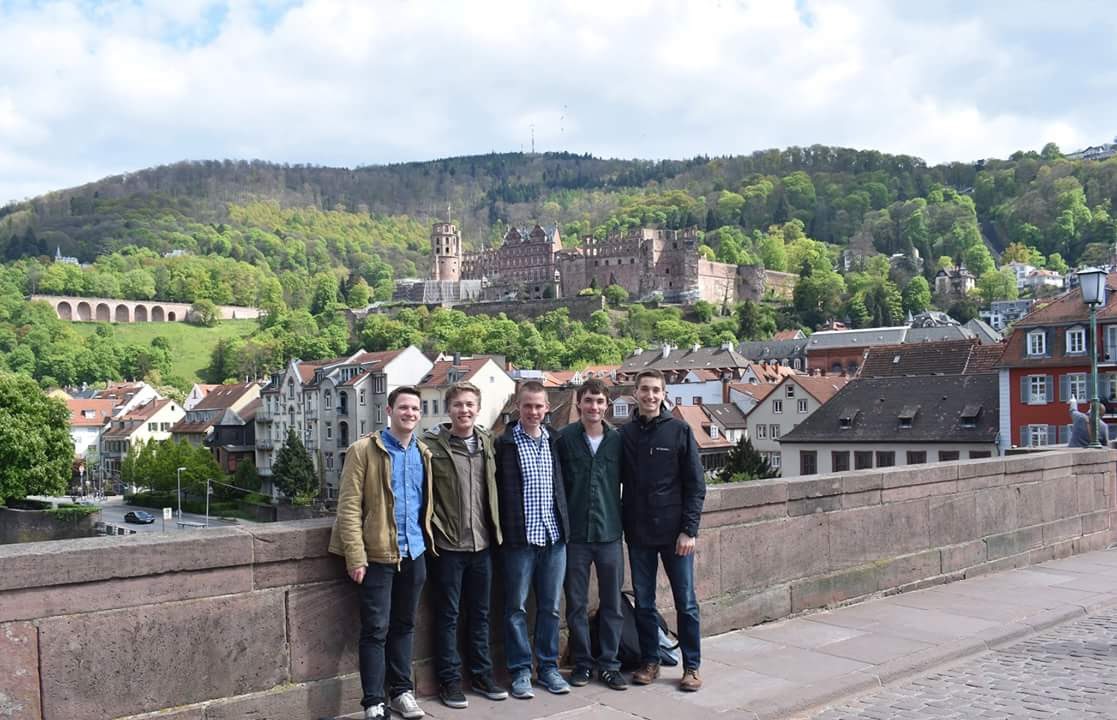
Heidelberg probably turned out to be my favorite German city. Back in Frankfurt for another day we took a tour of the European Central Bank, the center of the Eurozone. The next day we took the train to Prague, Czech Republic. The first morning there we had a guided walking tour of the city, seeing most of the historical places. Here is the main square of the Old Town:
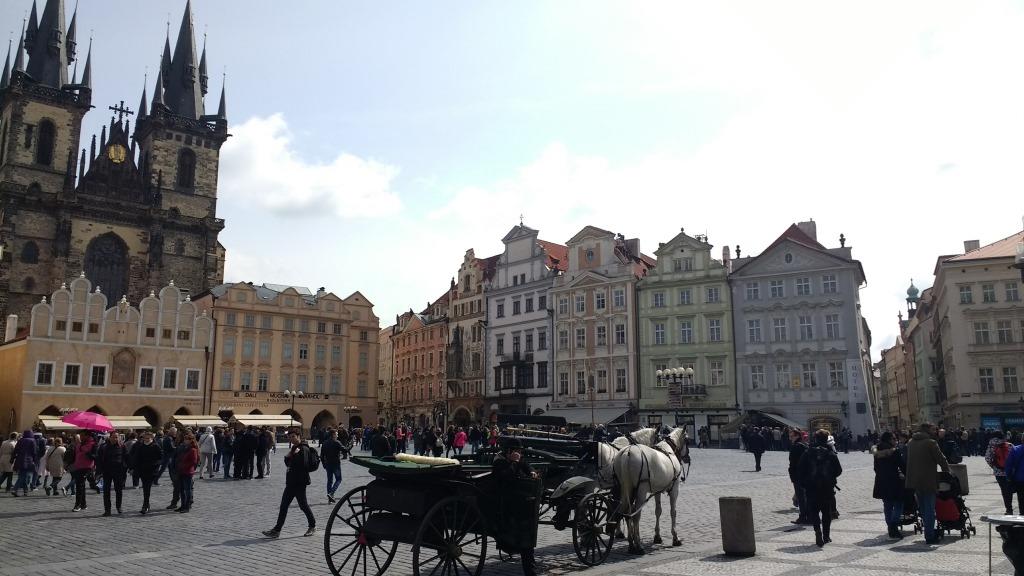
Other things done in Prague included a tour of the museum of Communism history and taking a boat ride through Prague at night, with a live jazz band playing on board. The day before we left back for Berlin, we took a day trip to Karlstejn, an hour and a half outside of Prague, to tour the castle there. It was the castle of Charles IV, King of Bohemia and Holy Roman Emperor, built in 1348. Here is a picture from the top looking down to Karlstejn.
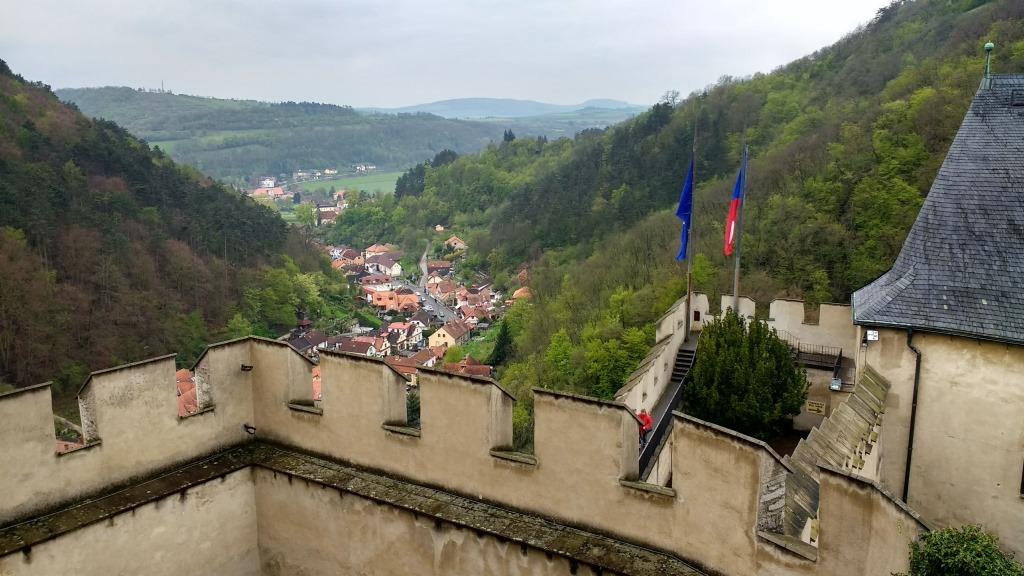
The program’s guided tour was a really nice way to relax, as the semester is wrapping up now. We enjoyed having everything planned out for us, after being on our own for so much small group travel. Back in Berlin, I just finished my term papers on Luther/Bach and Reagan. Writing the paper on Luther and Bach turned out to be a very valuable experience, as I learned all the ways in which Bach’s music is dependent on Luther’s theology. As of today (Friday), I only have 6 more days in Berlin. Tomorrow I am going to Wittenberg for the day with a group from our international program at Freie Universität. Next Thursday I fly to Frankfurt, and Friday morning from there to Minneapolis, getting down to New Ulm in time for my sister Megan’s graduation on Saturday. I very much look forward to being back at MLC for these couple days. It’s hard to believe my semester here is just about over – I am beyond grateful for the experience it’s been and that God has kept me safe the entire way.
Tschüss,
Collin





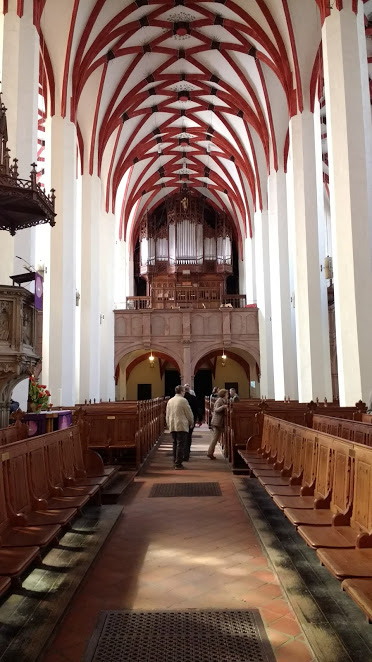
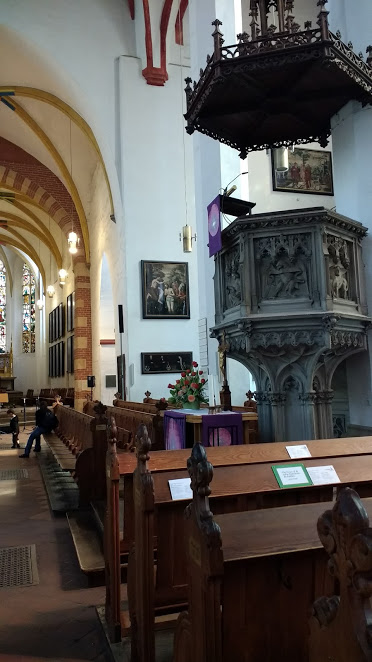
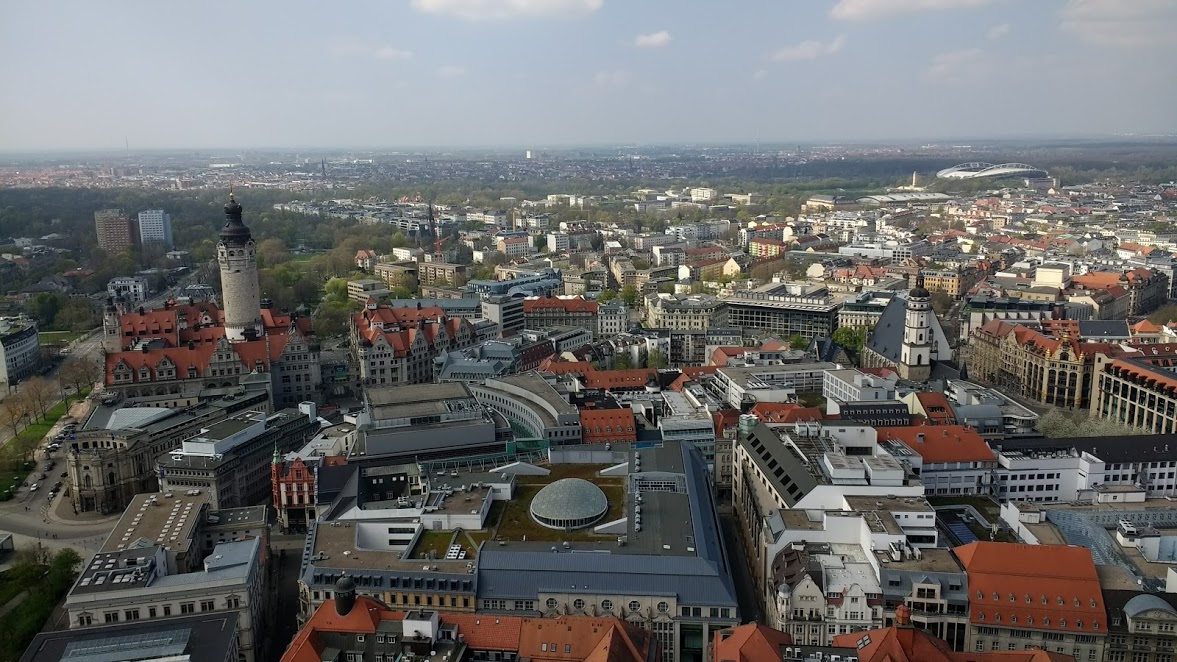















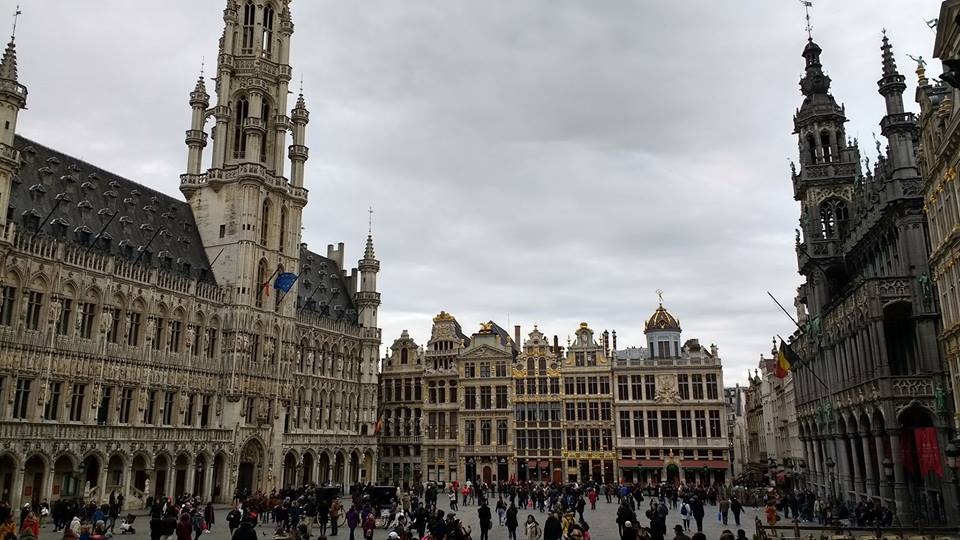
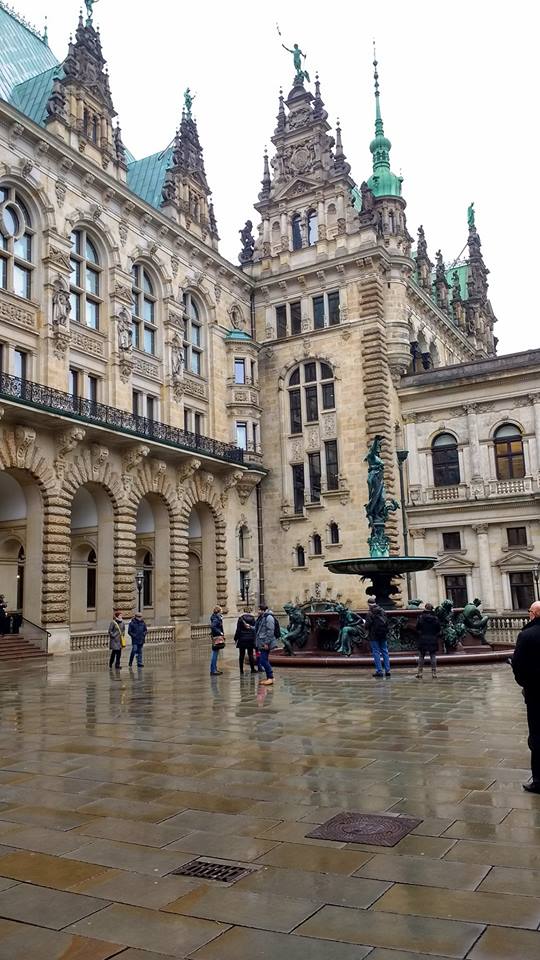
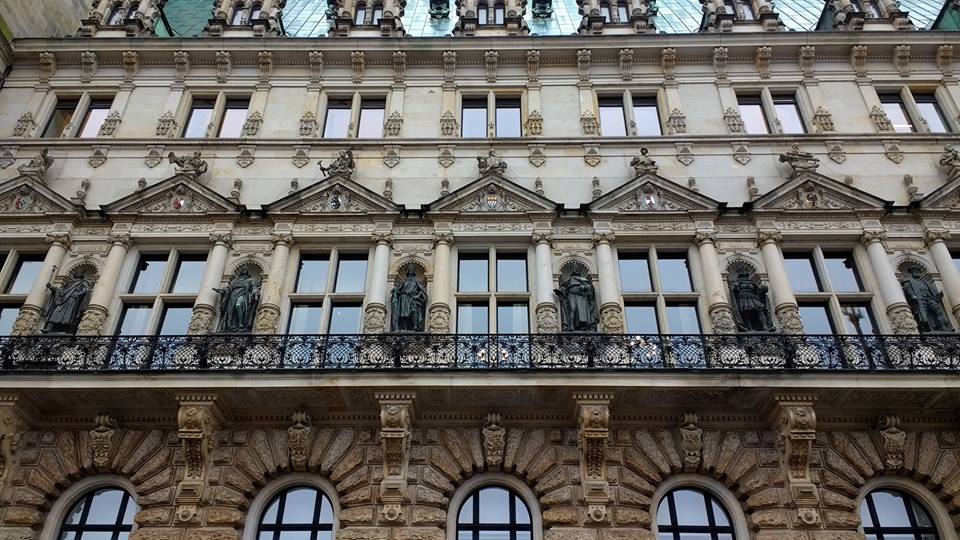
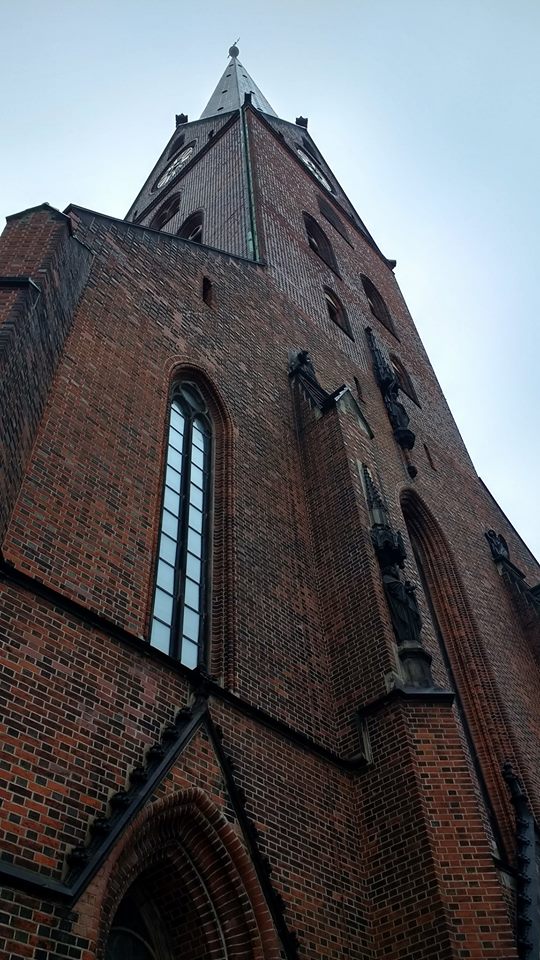

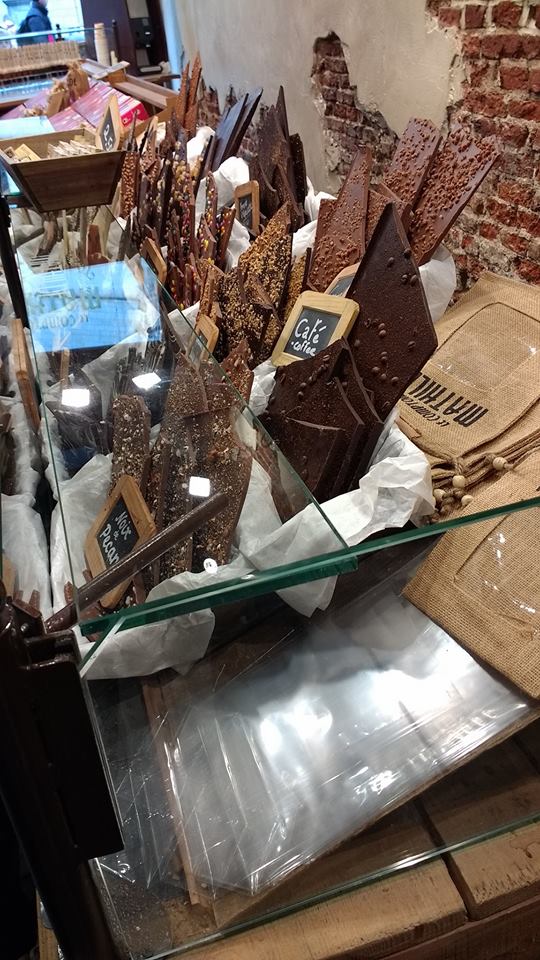
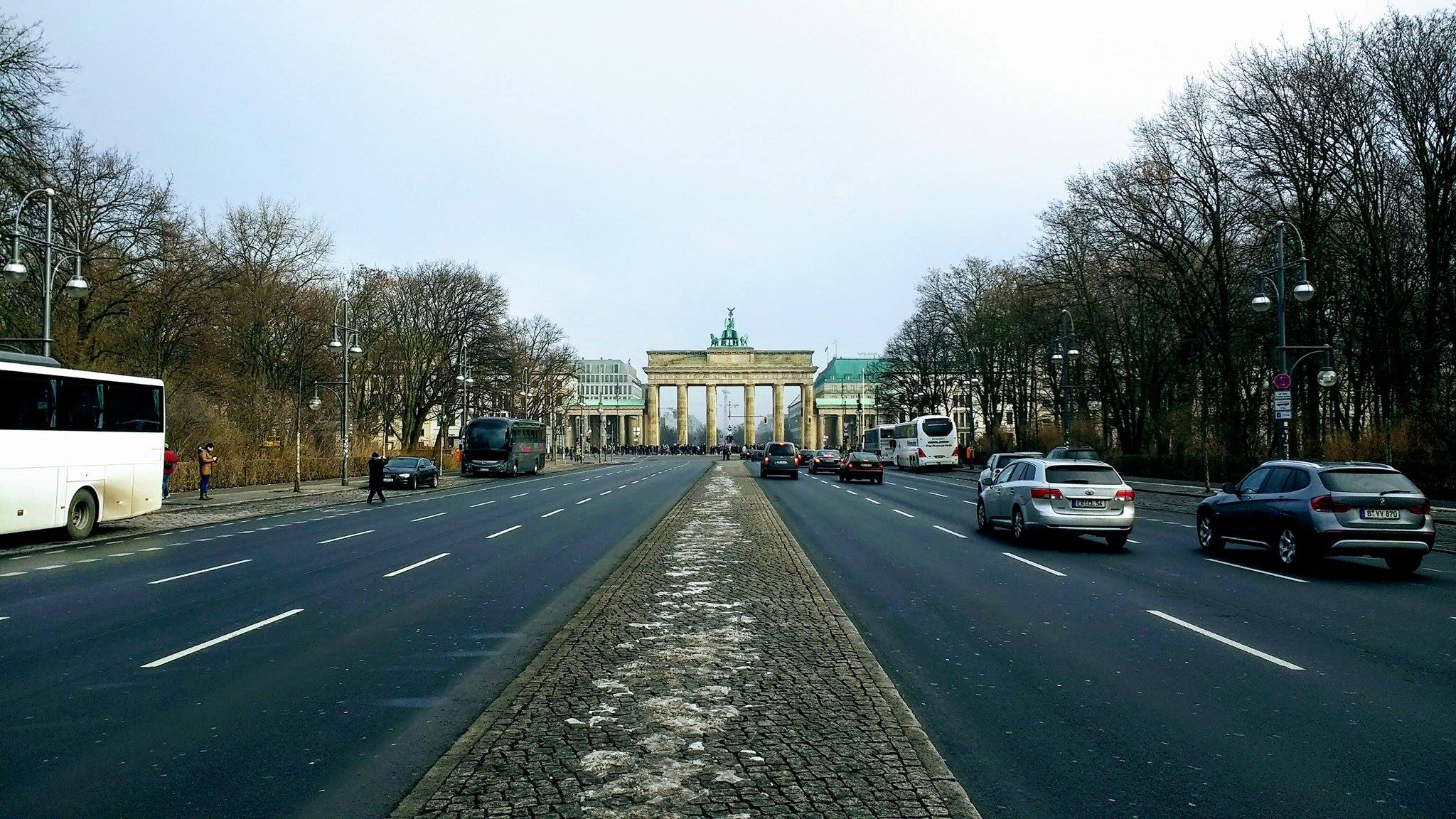
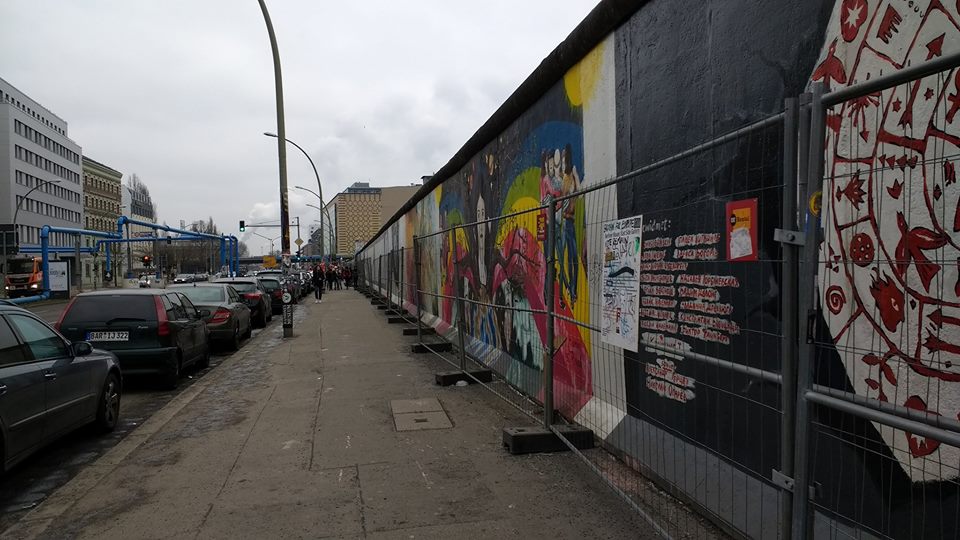
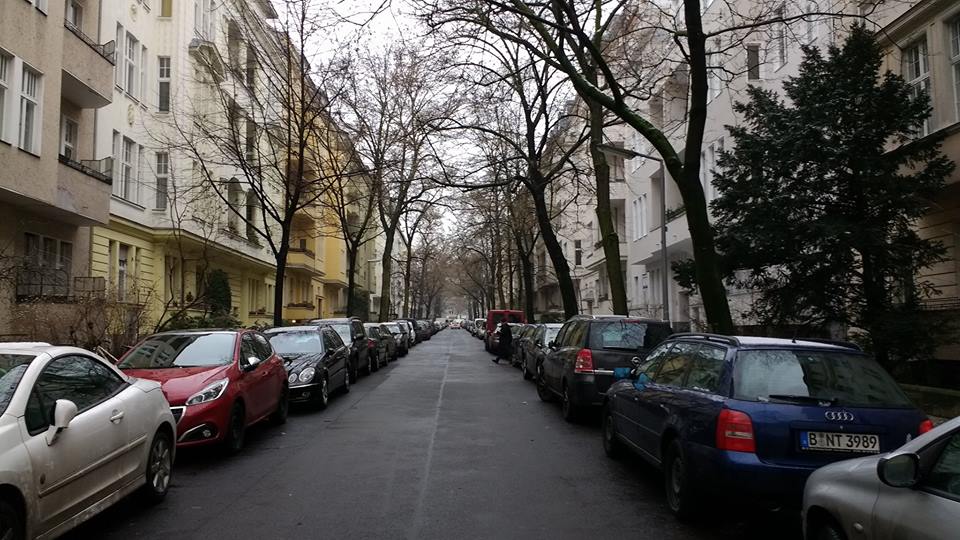
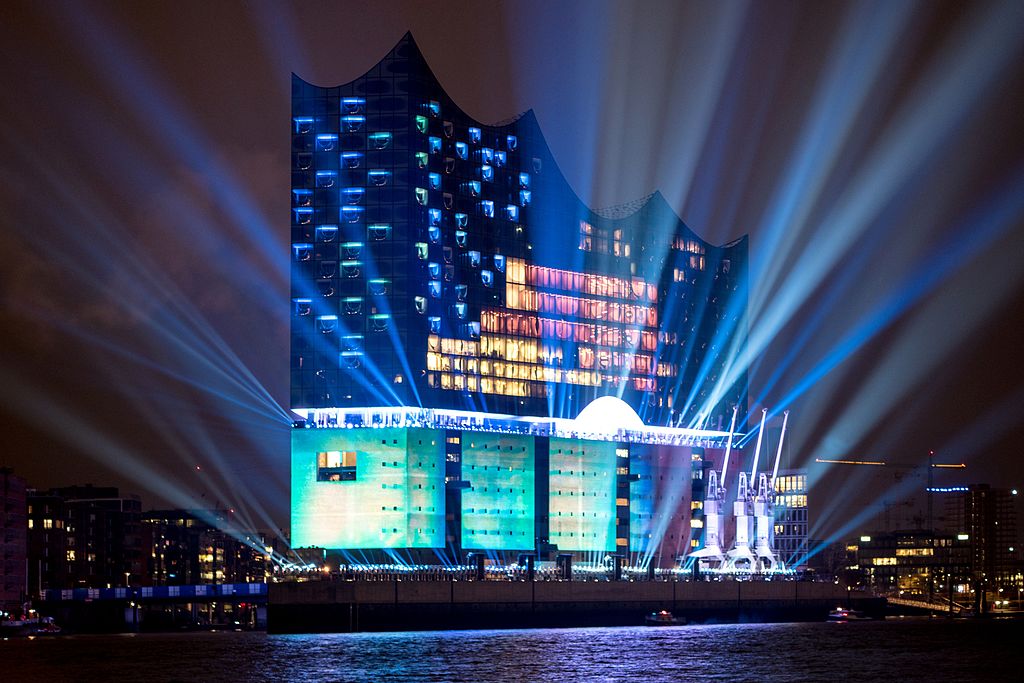
 Hello!
Hello!